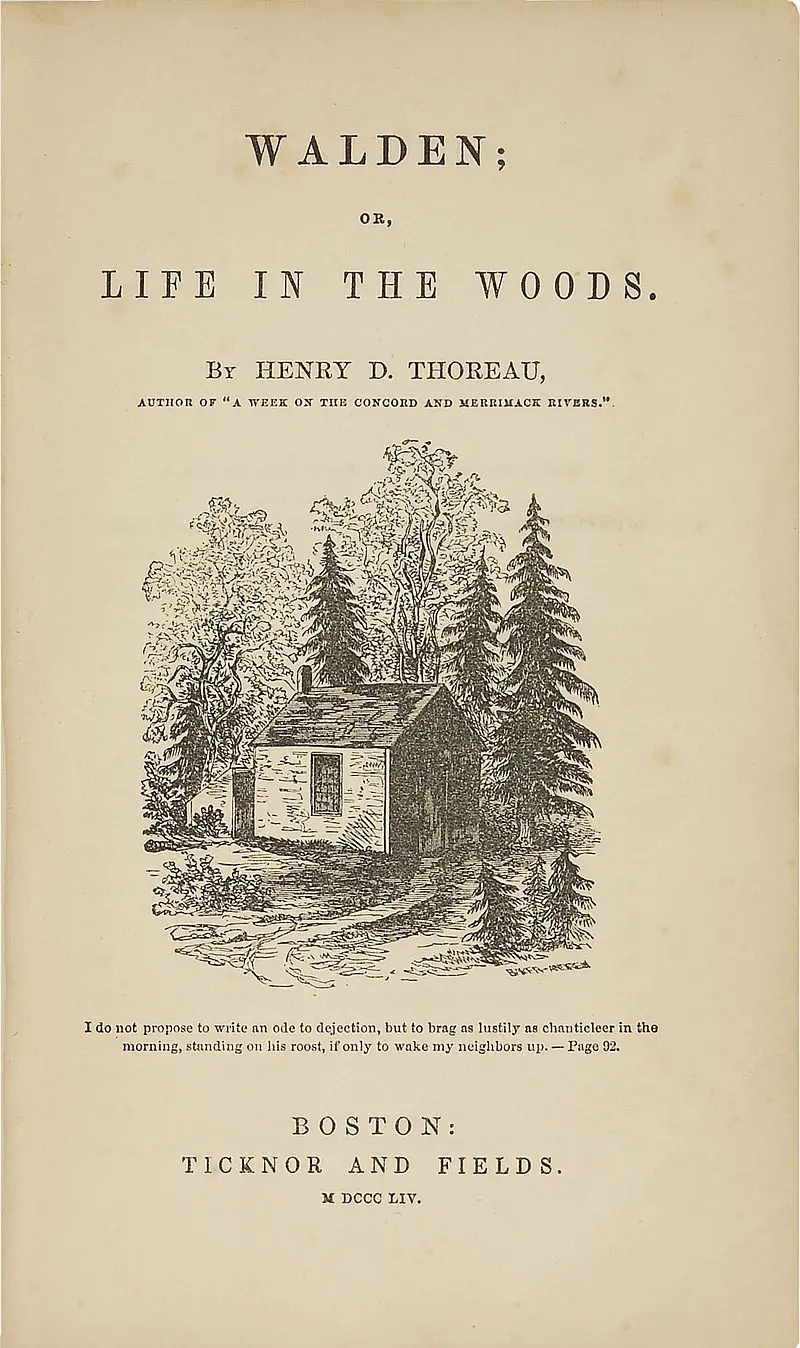Nature Writing
Nature Writing in the 1850s
If you’re looking for an adventure, nature will never disappoint.
The beautiful sights and sounds of the Earth’s natural environment have inspired writers in the past to create the literature style called nature writing. Typically, nature writing is based on facts, but it has also crossed over to fiction and even poetry.
The common theme is the appreciation of the natural world: its wonders, mysteries, and how it affects man’s surroundings, thoughts, and even emotions.
Through the years, nature writing has included natural history essays, travel essays, and tales of adventures. The best examples are written from the point of view of the first person, with personal observations and reflections included.
One of the best-known nature writers is Charles Darwin, best known for his theory of evolution by natural selection. In 1851, he published On the Origin of Species. Darwin believed that only the strong survive in nature — the survival of the fittest. If they were weak or were born with a disadvantage, they would die in nature. But those that have strong characteristics can survive and pass on that trait to their offsprings.

Did you know that Darwin got these ideas from traveling? Yes, when he was still a young man, he traveled for five years and sailed to South America and discovered exotic species. His most famous adventure is his visit to Galapagos Islands in Ecuador.
Darwin was fascinated with the work of Susan Fenimore Cooper. In 1850, she wrote Rural Hours, a vivid description of rural life in New York — complete with her own watercolor illustrations of plants and animals in the area.

Henry David Thoreau took nature writing to a different level with his celebrated book Walden, published in 1854. It reflected living life in natural surroundings, of his experiences during his two-year residence in his cabin in Walden Pond, Massachusetts.

The book was all about self-sufficiency and simple living, but its meaning is very complex as it explores human development and thoughts. Walden used the four seasons to symbolize life.
Thoreau immersed himself in nature and described everything he saw. These included the plants and animals of the place, using their scientific names. He also recorded the color of the bodies of water and the exact time frames of its freezing and thawing.

Other notable nature writers include Ralph Waldo Emerson — the friend and mentor of Thoreau, John Burroughs, John Muir, John Burroughs, John Muir, Aldo Leopold, Rachel Carson, M Krishnan, and Edward Abbey
Facts about Nature Writing
- For five years, Charles Darwin joined the voyage of the HMS Beagleas he explored the Patagonian region of South America. This trip formed the core that will eventually become the theory of evolution by natural selection.
- Darwin encountered many animals during this trip that were eventually named after him, including a rhea, a frog, and a fox.
- Darwin’s last book, published in 1881, is about the effect of earthworms on the soil. This research has the title The Formation of Vegetable Mould, Through the Action of Worms.
- When Susan Fenimore Cooper published, Rural Hours, the author in the printed book was indicated as “by a lady.”
- Walden Pond may be called a pond, but it is actually a lake. It is located in Concord, Massachusetts.
- The title of Walden when it was first published as Walden; or, Life in the Woods.
Who is famously credited with the theory of evolution?
Charles Darwin is widely recognized as the proponent of the theory of evolution.
What is the title of the 1851 book written by Darwin?
On the Origin of Species is the title of Darwin’s popular book about nature writing in 1851
Who wrote the 1850 book Rural Hours?
Susan Fenimore Cooper is the author of the 1850 book Rural Hours
Who owns the woodland where Henry David Thoreau built his cabin that was the inspiration for Walden?
Ralph Waldo Emerson is the owner of the woodland where Henry David Thoreau built his cabin that was the inspiration for the book Walden.
Henry David Thoreau and Ralph Waldo Emerson led what kind of philosophical movement in the 1850s?
Transcendentalism is the philosophical movement where Henry David Thoreau and Ralph Waldo Emerson were leaders.



